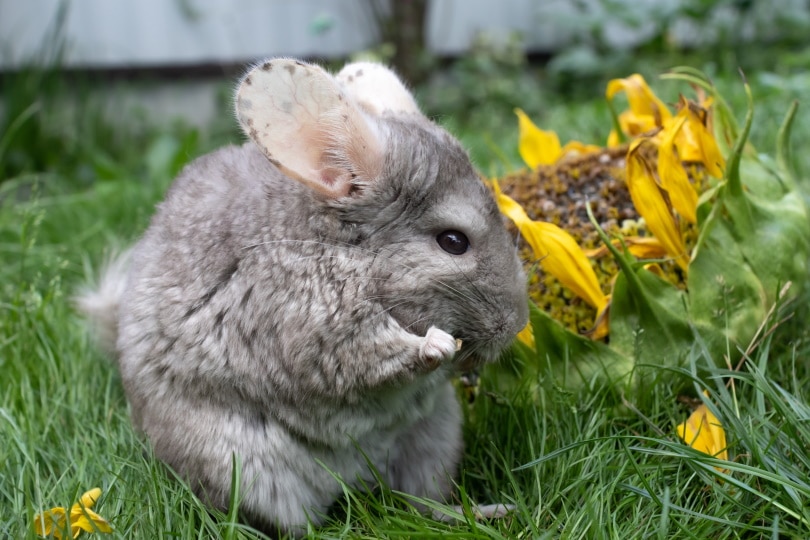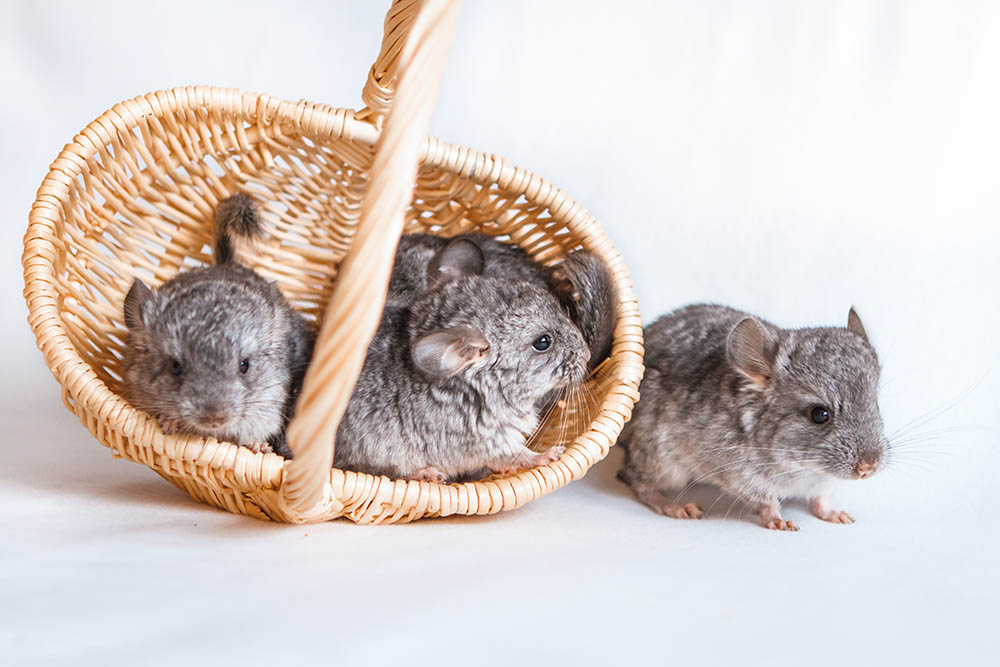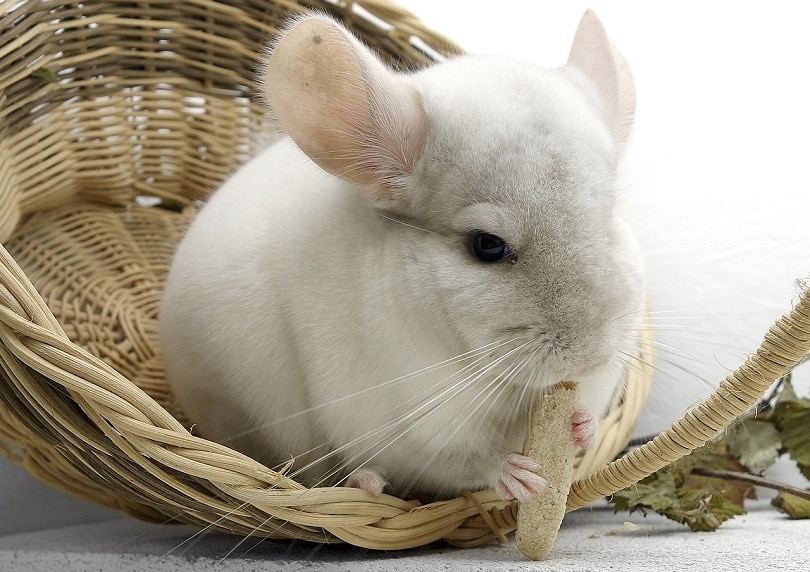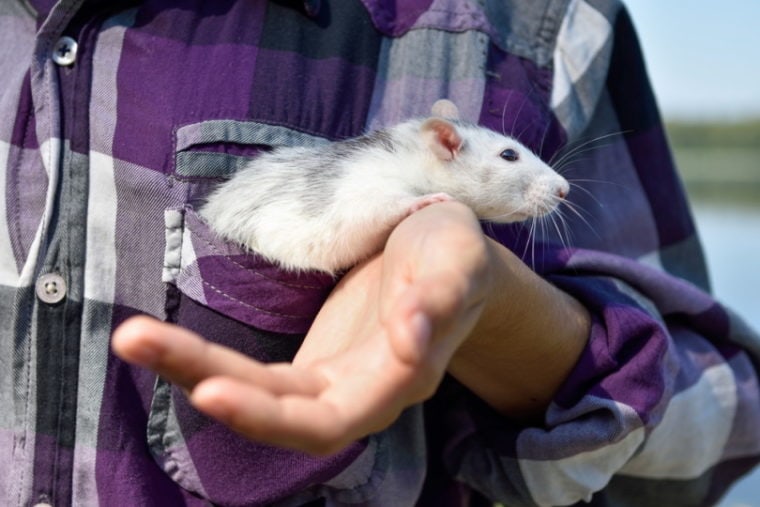
Clever, inquisitive rats and sweet, quiet mice make fantastic pets. When your rat or mouse forms a bond with you and starts hanging out on your shoulder or in your pocket, it can be a great feeling. On the other hand, if you decide to parent rats or mice, prepare to be “marked” in a way that, erm… doesn’t exactly smell fresh!
It’s common for rats and mice to mark their territory and “advertise” themselves to potential mates. If that territory is you, it could mean noticing small droplets or even larger patches of urine on your clothes when they’re interacting with you. So, once the deed is done, how do you rescue your clothes from forever smelling like rodent pee? Check out these ideas.
Note: Put on gloves and a mask when dealing with rodent urine on clothes, especially if you’re dealing with a rat or mouse infestation in your home. Some diseases can be transmitted to humans, so it’s best to be safe.
The 4 Tips on How to Remove Rat and Mouse Stains from Clothes
1. Wash Clothes at a Hot Temperature
Washing the affected clothes in a washing machine at a high temperature is a great way to get rid of bacteria and germs. This disinfects them and is more likely to get rid of those awful yellow stains than a cold water wash. With any luck, your detergent and softener will take care of the rest.
Sometimes, though, there are reasons why you can’t wash certain items of clothing in hot water. You may be worried about colors running, clothes shrinking, or other damage you’d rather avoid.
If this is the situation you’re in and there’s only a small amount of urine on your clothes, you could give a cooler wash a try and it may do the trick. If you’re dealing with really tough stains that a regular wash isn’t fixing, check out one of the other tips below.
2. Soak Clothes in Baking Soda
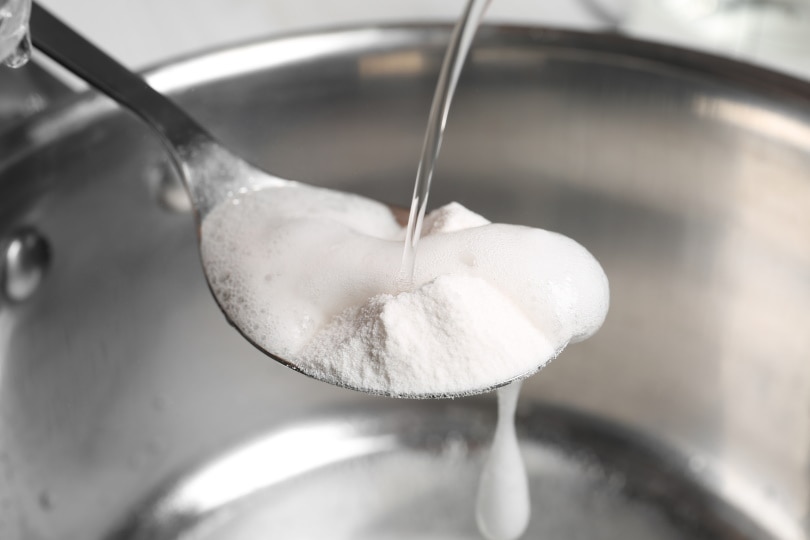
Baking soda is a product with many uses, including getting rid of tough stains due to its abrasive texture. It’s also a powerful deodorizer, so try mixing baking soda with warm water in a sink or bathtub depending on how big your pile of clothes is.
Stir the mixture to ensure the baking soda can work to its maximum potential, then let the clothes soak for 15 to 20 minutes. When the time is up, rinse the clothes thoroughly and wash them as normal in your machine.
3. Soak Clothes in Enzyme Detergent
An alternative to using baking soda is to soak your clothes in the same way but in enzyme detergent instead. Enzymes naturally break down tough stains, so this could be worth trying if your other methods just aren’t cutting it. Use hot water if it’s suitable for the particular type of fabric you’re washing. When you’ve finished soaking, wash your clothes as normal.
You can find enzyme cleaners specifically for pet stains and smells in some supermarkets, hardware, and pet stores so have a look around and see which one would best suit your particular situation. Follow the instructions on the bottle, as they may vary by product.
If you're trying to find an enzyme cleaner that does it all, we highly recommend our favorite cleaner, the Hepper Advanced Bio-Enzyme Pet Stain & Odor Eliminator Spray.
- ADVANCED ENZYMATIC CLEANER - Penetrates the most stubborn smells and stains at the deepest molecular...
- FOR ANY MESS, ON ANY SURFACE - This pet odor eliminator cleans your carpets, floors, furniture,...
- FRESH, NATURAL ODOR - Our unique formulation doesn't rely on dangerous or unpleasant chemical...
It permanently removes the very worst stains and smells you can imagine and makes clean up a breeze. There's even a 100% satisfaction guarantee! Click here to order a bottle today.
At Pet Keen, we’ve admired Hepper for many years, and decided to take a controlling ownership interest so that we could benefit from the outstanding products of this cool cat company!
4. Use White Vinegar
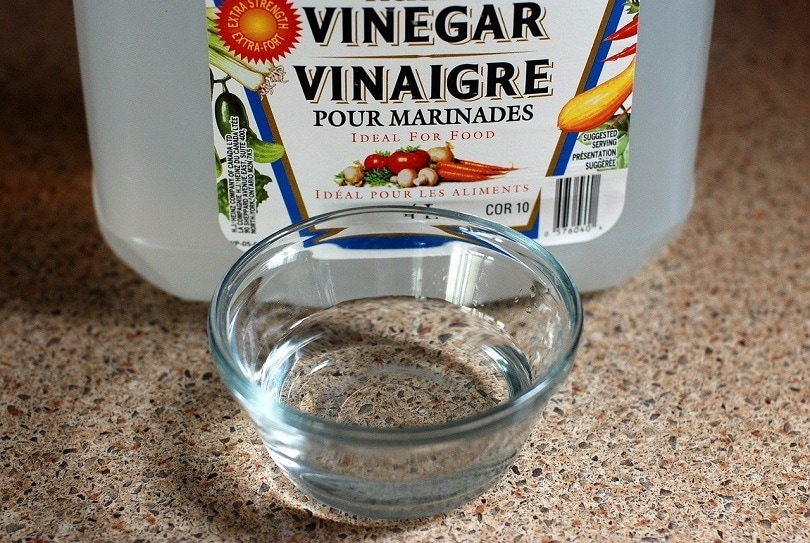
Like baking soda, distilled white vinegar is a simple yet powerful cleaning product. It may surprise some to learn that, despite white vinegar’s strong acidic smell, it’s also great for getting rid of bad smells.
Mix two parts water (hot or cold depending on your fabric type) with one part vinegar in a sink, bucket, or washtub. Let the clothes soak for around 45 minutes. If the stain isn’t completely gone when the 45 minutes are up, let them soak for longer. Finally, wash the clothes as normal in your machine.
FAQ
Can Rat Urine be Washed Out of Clothes?
Yes—there are a few methods you can try, including regular laundry washing and using products like white vinegar and baking soda. You may need to repeat the method you’ve chosen a couple of times with particularly tough stains.
Can Pet Rat and Mouse Urine Carry Diseases?
Rats are absolutely lovely pets, but in short, yes—it’s still possible for even pet rats and mice to spread certain diseases to humans, though the chance of this happening is lower than with wild rats. If you keep your pet rat or mouse’s living environment as clean as possible, the chance of your pet rats spreading diseases to you via urine or feces will be reduced.
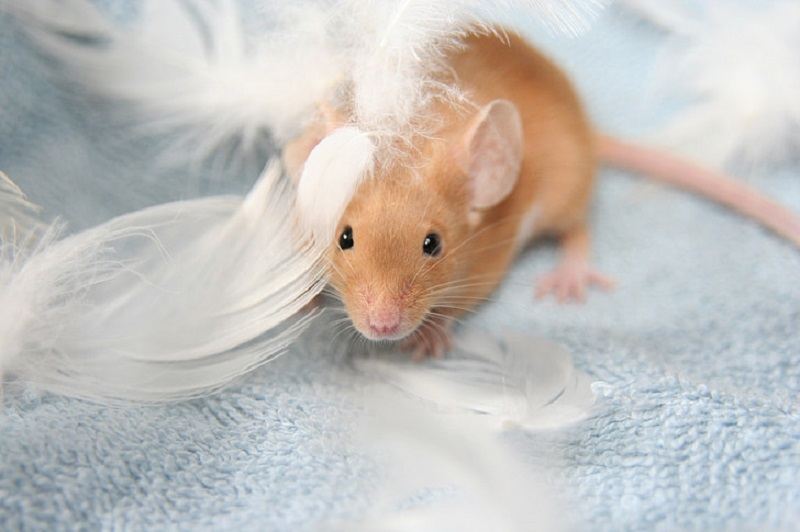
Can Breathing Rat or Mouse Urine Make You Sick?
Though rare, Hantavirus Pulmonary Syndrome can be caused by inhaling particles from rodent droppings—most commonly from mouse droppings.
Why Do My Pet Rats Pee on Me?
Rats tend to leave urine trails to mark their territory or to “broadcast” their sexual availability. It’s actually a form of communication in the rat world!
Can Pet Rats be Litter Trained?
Yes! Many rat parents put a rat-sized litter tray in the corner of the cage that their rats usually use the bathroom in. Some use treats when the rat uses the box to encourage them to continue using it. Rats are smart and are certainly capable of learning to use a litter box, though it may take a bit longer with some. Mice can also be litter trained, though it may be a little harder.
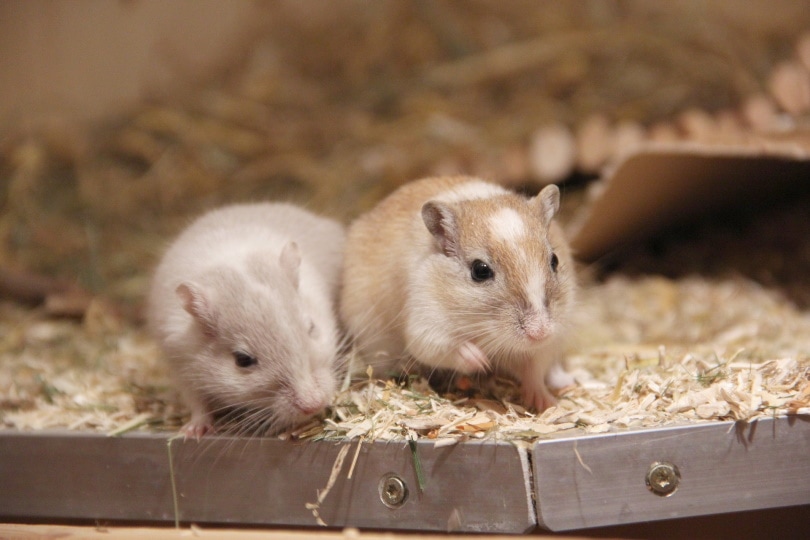
Conclusion
Though it’s impossible not to love our adorable rodent friends, we totally get how frustrating it can be to feel like a giant bathroom every time they interact with us! To improve the situation, consider having some “rat or mouse clothes” that you wear every time you interact with your pet to avoid ending up with multiple stained items of clothing. Wash these clothes using one of the methods described above.
It’s also key to keep your rat or mouse’s home environment squeaky clean to encourage them to use the bathroom in there as much as possible. Rats in particular are clean animals despite their reputation and will avoid smelly, soiled places for using the bathroom. Work on litter training, too—though it may take a bit of time, it’s certainly worth the effort!
Featured Image Credit: Akifyeva S, Shutterstock



